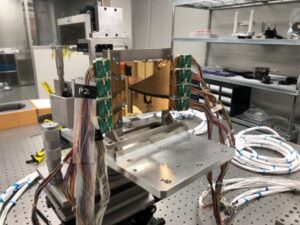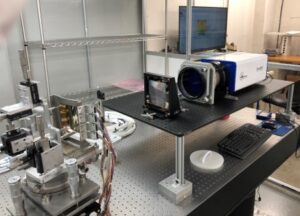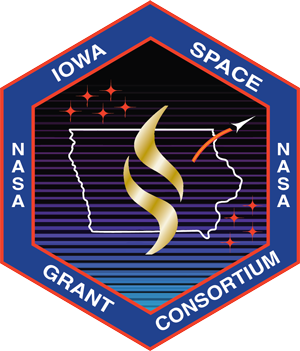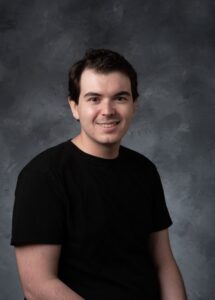 X-ray telescopes are critical for studying a myriad of high-energy sources: black holes, hot plasma surrounding galaxies, and the atmospheres of stars. Given this, the 2020 Decadal Survey on Astronomy and Astrophysics, which guides the science priorities of NASA’s Astrophysics Division, recommended an X-ray flagship mission for launch in the 2040’s. However, the Astrophysics Division’s Biennial Technology Report identified X-ray mirrors needed for such a mission as a Tier 1 (“highest priority”) technology gap.
X-ray telescopes are critical for studying a myriad of high-energy sources: black holes, hot plasma surrounding galaxies, and the atmospheres of stars. Given this, the 2020 Decadal Survey on Astronomy and Astrophysics, which guides the science priorities of NASA’s Astrophysics Division, recommended an X-ray flagship mission for launch in the 2040’s. However, the Astrophysics Division’s Biennial Technology Report identified X-ray mirrors needed for such a mission as a Tier 1 (“highest priority”) technology gap.
 Current methods of X-ray mirror fabrication create significant figure distortion and degrade mirror performance. My research project will contribute to the maturation of two adjustable X-ray optic technologies aimed at closing this technology gap. Both concepts will use thin-film piezoelectric actuators deposited on the back of a mirror. When supplied a voltage, these actuators bend the mirror’s shape locally. Utilizing an array of actuator cells across the mirror’s surface, we can induce more complex figure changes. With high precision optical metrology, we can measure and apply a deterministic figure correction to the mirror, increasing its angular resolution. The first technology uses lead zirconate titanate (PZT) for the piezoelectric material, while the second concept will use electroactive polymers. Electroactive polymers can be processed at lower temperatures than PZT, making X-ray mirrors less susceptible to deformation from thermal stress. However, electroactive polymer actuators are currently at a lower technology readiness level than PZT. High precision metrology will be used to characterize not only the dynamic range of these technologies, but ultimately their performance at figure correction.
Current methods of X-ray mirror fabrication create significant figure distortion and degrade mirror performance. My research project will contribute to the maturation of two adjustable X-ray optic technologies aimed at closing this technology gap. Both concepts will use thin-film piezoelectric actuators deposited on the back of a mirror. When supplied a voltage, these actuators bend the mirror’s shape locally. Utilizing an array of actuator cells across the mirror’s surface, we can induce more complex figure changes. With high precision optical metrology, we can measure and apply a deterministic figure correction to the mirror, increasing its angular resolution. The first technology uses lead zirconate titanate (PZT) for the piezoelectric material, while the second concept will use electroactive polymers. Electroactive polymers can be processed at lower temperatures than PZT, making X-ray mirrors less susceptible to deformation from thermal stress. However, electroactive polymer actuators are currently at a lower technology readiness level than PZT. High precision metrology will be used to characterize not only the dynamic range of these technologies, but ultimately their performance at figure correction.

